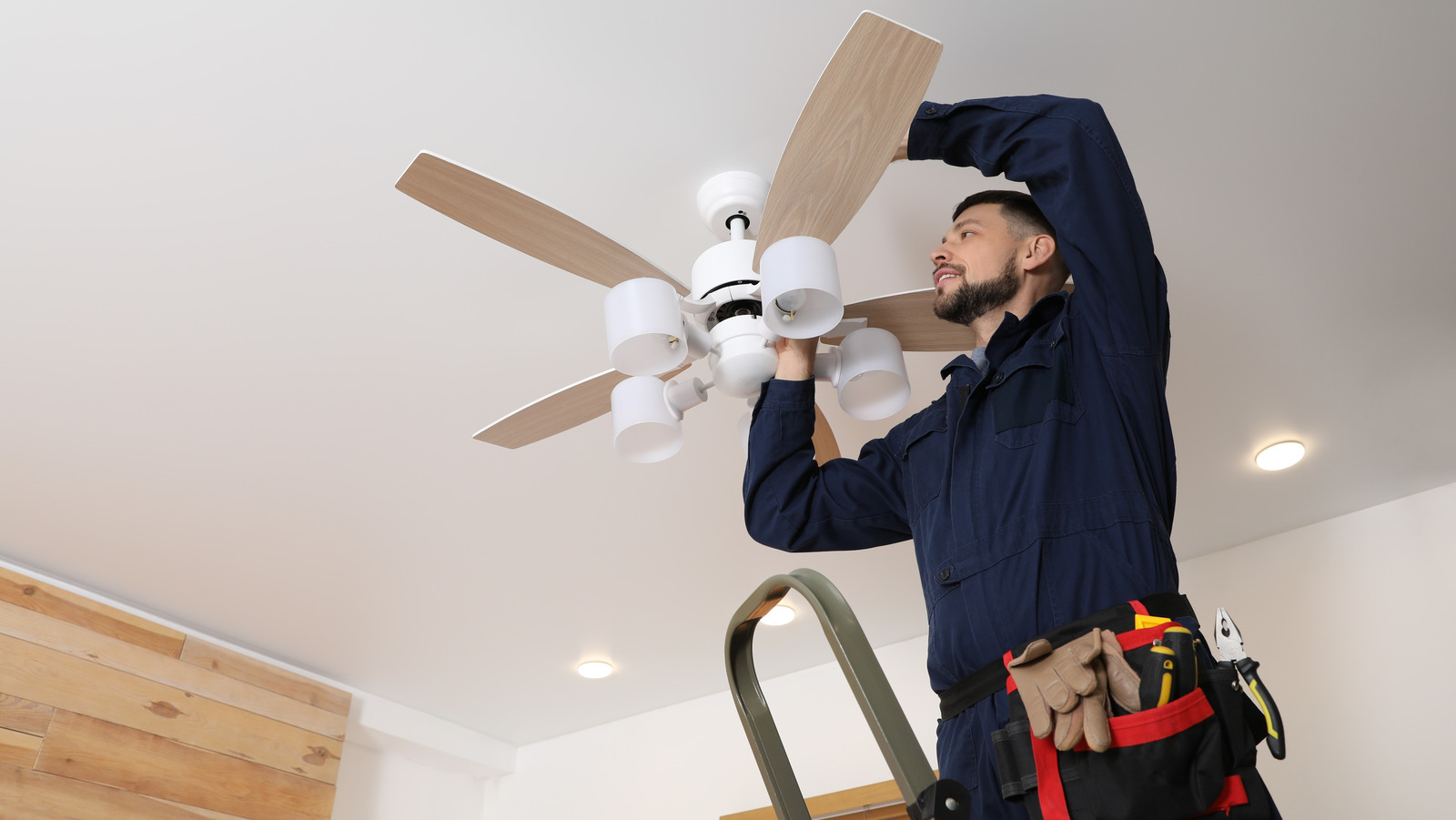Ceiling Fan Installation Services in Ghana: What You Need To Know
Ceiling Fan Installation Services in Ghana: What You Need To Know
If you’re thinking of renovating your home, but don’t have the time or expertise to do so, a ceiling fan may be your best bet. Ceiling fans are not only easy to install, but they provide excellent ventilation and help reduce energy costs by supplying cool air directly above them. Ceiling fans aren’t as complicated as they look. In fact, with some basic tools and the right knowledge about how to install a ceiling fan, you can complete the job in no time! In this blog post, we will teach you everything you need to know about installing a ceiling fan – from what types of fans are available and which one is right for your home to where on your ceiling you should place it and how to do so safely and effectively. Read on for more information.
What is a Ceiling Fan?
Ceiling fans are the perfect combination of aesthetics and functionality. While they do offer some additional cooling benefits, their primary purpose is to circulate the air in a room and create a more comfortable environment. Ceiling fans are typically suspended from the ceiling by a metal rod that can be adjusted in length. They are attached to the rod with a metal or plastic piece that allows the fan to spin. The most common type of ceiling fan is the traditional single-speed fan, which offers three blades (two larger and one smaller).
Why Install a Ceiling Fan?
Installing a ceiling fan does more than just cool down a room—it can also increase the value of your home! Ceiling fans are a stylish and effective way to make any room more comfortable and inviting, even during the hottest months of the year. They’re great for cooling large rooms, high-ceilinged spaces, or rooms that face the sun, such as kitchens and living rooms. Ceiling fans also help reduce your energy bill by making it easier to regulate the temperature in your home. In the winter, they circulate warm air, making it easier to keep your home at the right temperature without paying to heat the entire house. In the summer, they help circulate the cold air coming in through windows or open doors, making it easier to keep your home at the right temperature without paying to cool the entire house.
Types of Ceiling Fans in Ghana
There are many types of ceiling fans to choose from, with each type having its own distinctive features and benefits. Having an idea of what’s available will help you make an informed decision when buying a fan for your home. Here are some of the most common types of ceiling fans: – Standard – The most common type of ceiling fan, a standard fan mounts directly to the ceiling—no rod or downrod is necessary. – DC (direct current) – DC fans are the same as standard fans, but they’re controlled by a remote control rather than a wall switch. – Downrod – Downrod fans attach to a rod that extends from the ceiling. They’re typically used in rooms with high ceilings or in rooms where you don’t have enough room to mount a standard fan. They can also be used in rooms with low ceilings if you prefer a more contemporary style. – Casablanca – Casablanca fans, which are also known as tropical fans, have a curved design with a long downrod. They’re typically used in warm, tropical climates.
How to Install a Ceiling Fan?
The first thing you’ll need to do if you decide to install a ceiling fan is measure the space where you want to place it. Ceiling fans must be installed at least 7 feet above the floor, but you may want to place one a little higher if you want it to be a focal point in your room. You’ll also need to measure the distance from the ceiling to the nearest wall. Ceiling fans are often installed in hallways, living rooms, and kitchens, where you may need to install them very close to a wall. Once you have your measurements, you can install your ceiling fan. – First, find an electrical box near an outlet that isn’t being used. Make sure the box is secure and moisture-free. Using a ladder, climb up to the box and unplug the existing wires. – Next, attach the wires from your ceiling fan to the wires in the box. – Drop the fan down into the box and screw it in place. – Install the mounting brackets. – Connect the wires to the circuit. – Put the cover back on the electrical box. – Turn the power back on and enjoy your new fan! – Remember to keep your fingers and anything else away from the spinning blades. – Clean your fan on a regular basis to extend its life and keep it operating efficiently.
Conclusion
Installing a ceiling fan is an easy and cost-effective way to add some style and comfort to any room in your home. They are easy to maintain and can be used year-round. Plus, they’re a great investment that can pay off in the long run. However, if you don’t know how to install a ceiling fan, hiring an electrician or even hiring someone to install it for you will cost a lot more money. Therefore, it’s important to learn how to install a ceiling fan before attempting the job on your own. Before you start installing, make sure you have everything you need: a ladder, a measuring tape, a hammer, a screwdriver, a socket wrench, and a pair of gloves to protect your hands from the blades. With the right tools and a little bit of know-how, you can install your ceiling fan in no time!








LEAVE A COMMENT
You must be logged in to post a comment.